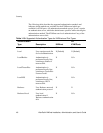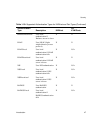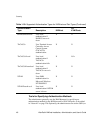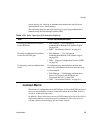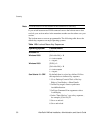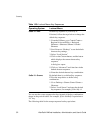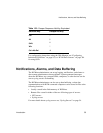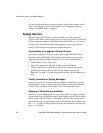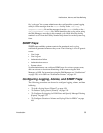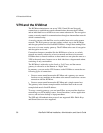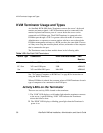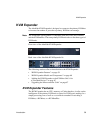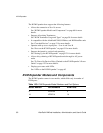Notifications, Alarms, and Data Buffering
54 AlterPath KVM/net Installation, Administration, and User’s Guide
For more background about setting up logging, notifications, alarms, and for
links to all related procedures in this manual, see “Configuring Logging,
Alarms, and SNMP Traps” on page 55.
Syslog Servers
Messages about the KVM/net, its connected PMs, and other connected
devices can be sent to central logging servers, called syslog servers. Data from
KVM-connected computers can optionally be stored in files on syslog servers.
Syslog servers run operating systems that support system logging services,
usually UNIX-based servers with the syslogd configured.
Prerequisites for Logging to Syslog Servers
An already-configured syslog server must have a public IP address that is
accessible from the KVM/net. The KVM/net administrator must be able to
obtain the following information from the syslog server’s administrator.
• The IP address of the syslog server
• The facility number for messages coming from the KVM/net.
Facility numbers are used on the syslog server for handling messages
generated by multiple devices. See “Facility Numbers for Syslog
Messages” on page 54 for more background on how facility numbers are
used.
Facility Numbers for Syslog Messages
Each syslog server has seven local facility numbers available for its system
administrator to assign to different devices or groups of devices at different
locations. The available facility numbers are: Local 0 through Local 7.
Example of Using Facility Numbers
The syslog system administrator sets up a server called “syslogger” to handle
log messages from two KVM/net units. One KVM/net is located in São Paulo,
Brazil, and the other KVM/net is in Fremont, California. The syslog server’s
administrator wants to aggregate messages from the São Paulo KVM/net into
the
local1 facility, and to aggregate messages from Fremont KVM/net into
the
local2 facility.



